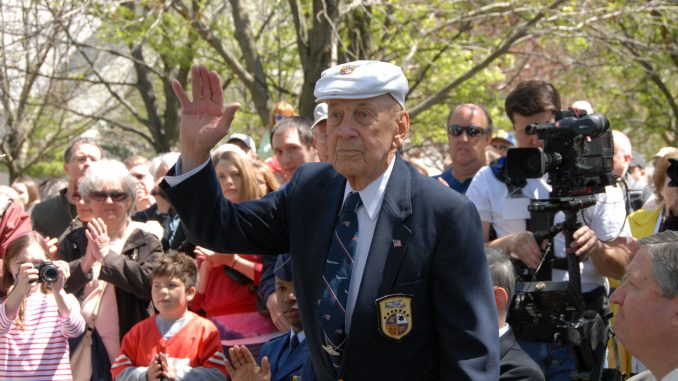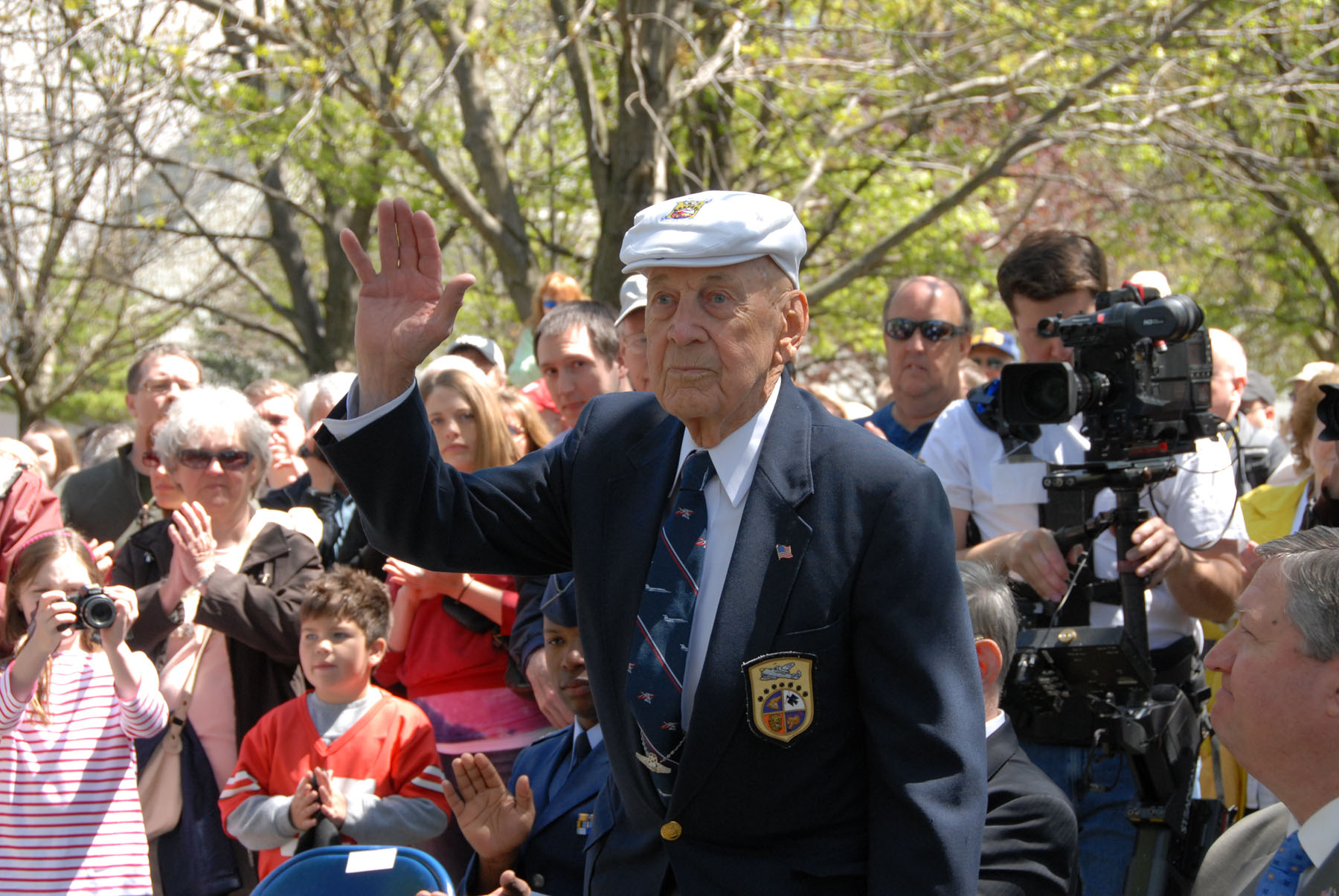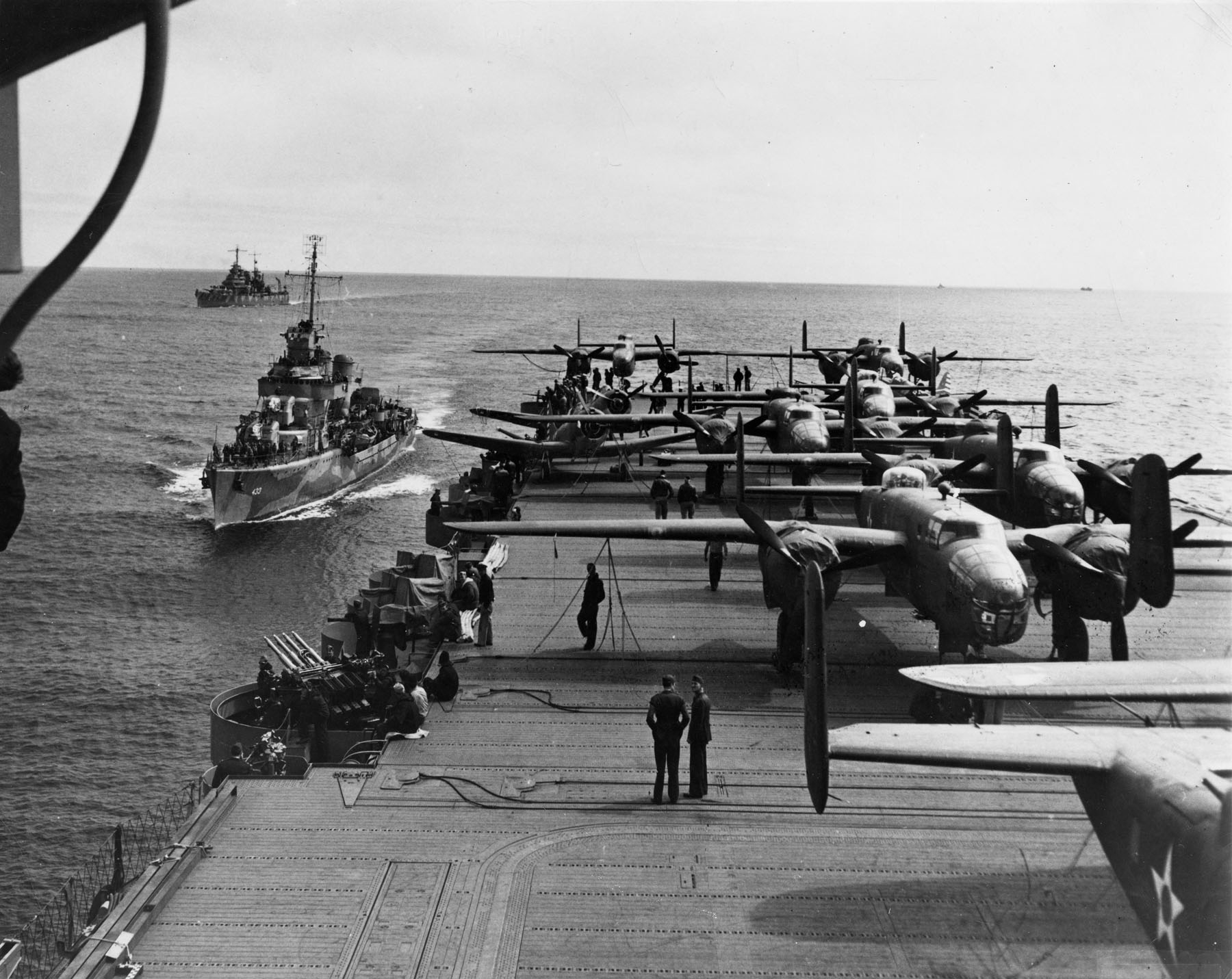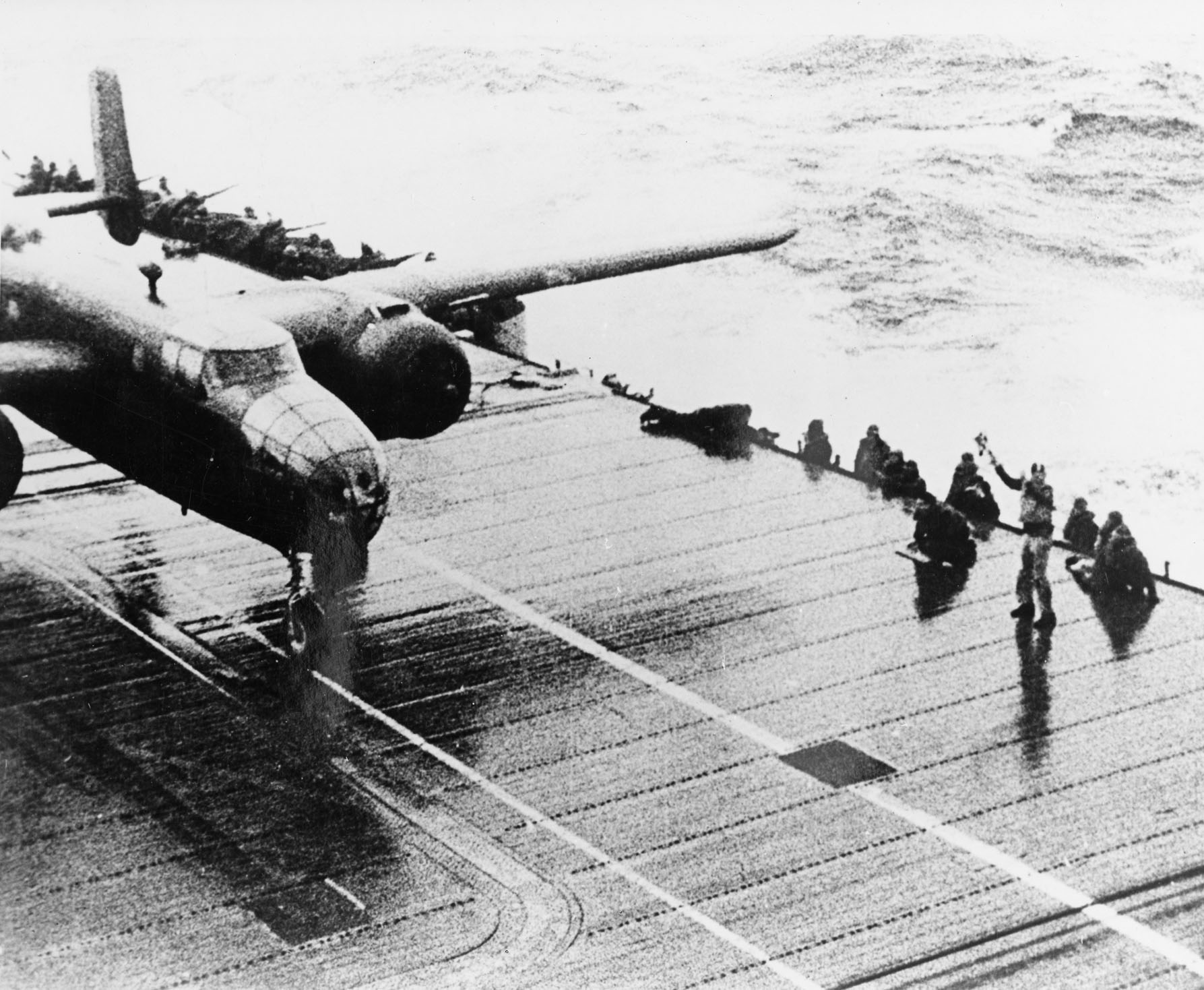

On April 18, 1942, 80 men achieved the unimaginable when they took off from an aircraft carrier on a top secret mission to bomb Japan. These men, led by Lt. Col. James H. “Jimmy” Doolittle, came to be known as the Doolittle Tokyo Raiders.The raid was an extremely important event in the development of American air power. It marked the first combat use of strategic bombardment by the U.S. Army Air Forces in World War II. While the attack itself caused little actual damage to Japanese war industry, the psychological impact on the Japanese military and the American public proved to be immense. It forced the Japanese military to pull forces back from the front lines to protect the home islands and showed Americans that the war could be won.

Today, just one of the men survive: Lt. Col. Richard “Dick” E. Cole, who served as Doolittle’s co-pilot on Crew No. 1. Cole, now 101 years old, plans to return to the National Museum of the U.S. Air Force in April to commemorate the 75th anniversary of the raid and to pay tribute to fellow Raider SSgt. David Thatcher, who passed away earlier this year.“Mathematically, it shouldn’t have worked out this way,” Cole told The Missoulian last June. “I was quite a bit older, six years older, than David. Figuring the way gamblers figure, he would have been the last man.”

Anniversary events on April 17-18 are still being finalized but plans include the return of several B-25 Mitchell bombers landing on the runway behind the museum and being placed on static display; a memorial service and B-25 flyover (weather permitting).The Air Force Museum Theatre is planning a living history event with films on the Doolittle Raid and the Air Force Museum Store will have commemorative merchandise available to purchase. Each year since the end of World War II, with the exception of 1951, the Doolittle Raiders held an annual reunion. The museum had the privilege of hosting the Raiders in April 1965 (23rd), 1999 (57th), 2006 (64th), 2010 (68th) and 2012 (70th), before having their final toast to their fallen comrades on Nov. 9, 2013.
About The National Museum of the U.S. Air Force
The National Museum of the U.S. Air Force, located at Wright-Patterson Air Force Base near Dayton, Ohio, is the world’s largest military aviation museum. With free admission and parking, the museum features more than 360 aerospace vehicles and missiles and thousands of artifacts amid more than 19 acres of indoor exhibit space. Each year about one million visitors from around the world come to the museum. For more information, visit www.nationalmuseum.af.mil.
The theatre and store are operated by the Air Force Museum Foundation, Inc., a Section 501(c)(3) private, non-profit organization that assists the Air Force in the development and expansion of the facilities of the National Museum of the United States Air Force. For more information on the Air Force Museum Foundation, visit www.airforcemuseum.com. The Air Force Museum Foundation is not part of the Department of Defense or any of its components and it has no governmental status.



If anyone out there is interested, I have a LimitedEdition Williams S. Phillips Lithograph titled, “The Giant Begins to Stir” for sale. It commemorates Doolittle’s Raiders. It has never been framed and has been protected since I bought it in 1980 something, I forget. I would like to get its value of $4000.00. Just so you know, it’s sale will OFF set the costs of me getting back into the pilots seat after 23 years. It is signed by one crew member from each B-25, including the signature of Col. Jimmy Doolittle himself. So if interested you can contact me at LEWWHEELER@yahoo.com